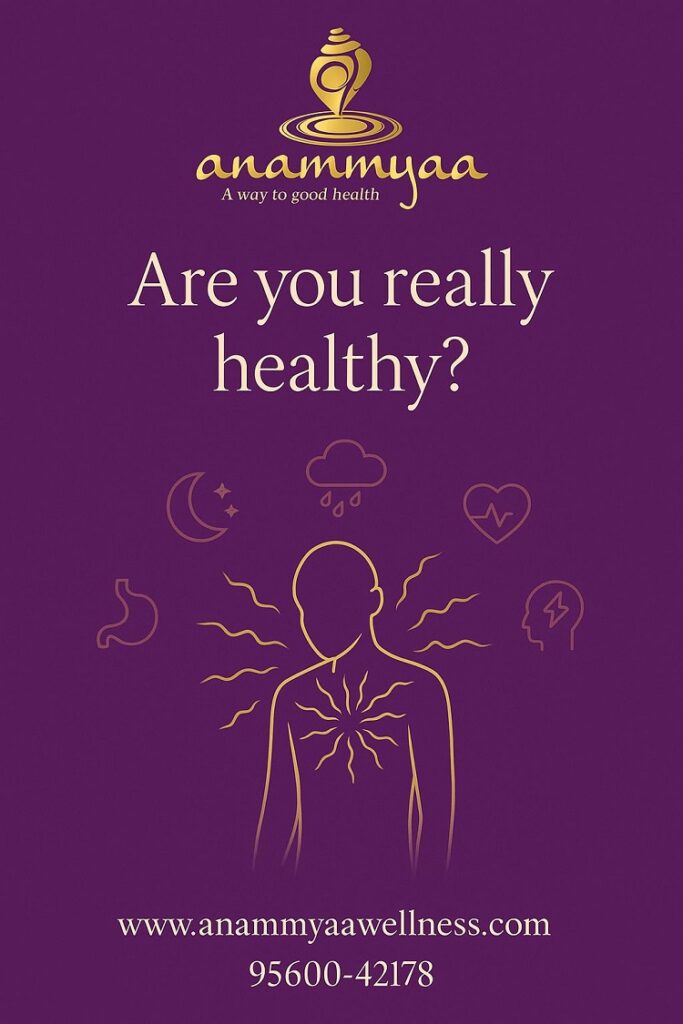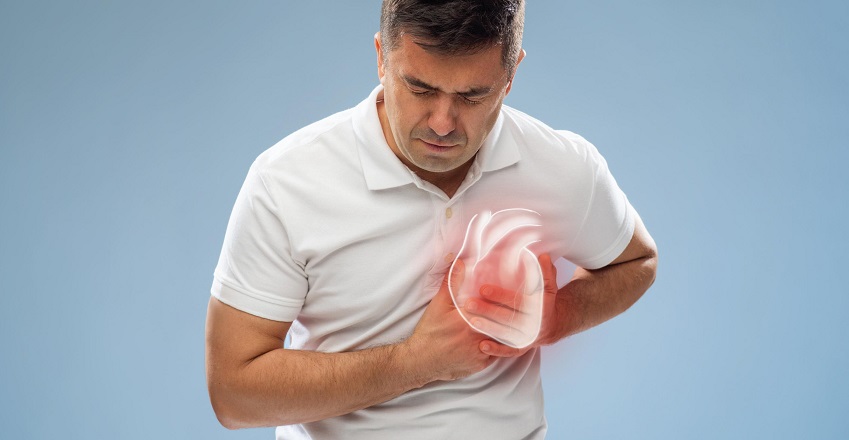He had the “perfect” routine.
Gym at 6 am.
Clean meals by the clock.
Regular health checkups.
Not a trace of cholesterol, diabetes, or visible stress.
And yet—one morning, he collapsed.
No warning. No history.
Just gone.
Another shocking cardiac arrest that modern reports label: “Sudden, unexplained.”
But is it really unexplained?
Ayurveda: A Science That Looks Deeper
Unlike modern health metrics, Ayurveda doesn’t just ask “What are you doing?” — it asks “How are you being?”
In the Ayurvedic view, health is not a checklist of diet and exercise.
It is a dynamic alignment of your energy, emotions, digestion, habits, sleep, and thoughts.
In this view, you can appear “healthy” and still be deeply imbalanced.
Let’s explore how.
The Quiet Cracks That Don’t Show on a Report
Prana Vata: The Silent Link Between Mind & Heart
Your heart doesn’t just beat—it listens.
To your thoughts. Your breath. Your pace.
When Prana Vata (the life force governing the brain and heart) is disturbed by excessive stimulation—overthinking, poor sleep, or even too much gym—it can cause sudden energetic collapse. Like a snapped wire in a high-voltage system.
Overexertion Is Not Strength — It’s a Leak
In Ayurveda, strength isn’t built through push alone, but through rhythm.
“Overworking” your body—even with clean eating—burns through Ojas, your body’s deepest vitality.
The result? A well-built machine with no backup battery.
Modern Success, Ancient Mistakes
We skip sleep for productivity.
We eat late because life is “busy.”
We suppress emotions because that’s “strong.”
We live on screens, caffeine, and performance pressure.
But Ayurveda calls this Vegadharana — the suppression of body’s natural urges.
And it warns that this disturbs not just digestion, but also Hridaya – the seat of both consciousness and circulation.
When Test Reports Can’t Detect “Ama”
Ama (toxins) doesn’t always show up as cholesterol or blocked arteries.
It’s sticky, subtle, energetic.
Formed from undigested food, unresolved emotion, irregular habits
Ama clogs the Srotas (channels), especially those leading to the heart.
You may look lean and strong—
But if your inner channels are blocked, your heart is suffocating.

Why “Healthy” People Still Collapse: An Ayurvedic View
Even if you:
- Eat clean
- Lift weights
- Meditate sometimes
- Get check-ups…
You may still be vulnerable if you:
- Sleep after midnight
- Suppress grief or anger
- Rarely rest emotionally
- Push your limits daily
- Skip oil massages
- Stay constantly stimulated
This is not weakness.
It’s disconnection.
Ayurveda’s Gentle Guardrails for a Strong Heart
1. Begin with Dinacharya
A daily rhythm that stabilizes Prana Vata and restores Ojas.
2. Oil Your Body, Calm Your System
Weekly Abhyanga (oil massage) is not a luxury—it’s a lifeline for Vata balance.
3. Protect the Mind, Not Just the Muscles
Daily Pranayama and meditation anchor your emotional currents.
4. Eat warm, light, timely meals
Respect Agni, the digestive fire. Don’t overload or ignore it.
5. Sleep before 10 PM
That’s when Ojas regenerates. Sleep late, and you miss nature’s repair window.
6. Avoid overcooling the system
Even fit people fall prey to Kapha-Ama buildup through cold, heavy or junk foods.
Final Word: Health Is Not a Body Shape. It’s a Life Shape.
A muscular body with a disturbed Prana is like a palace on a weak foundation.
It looks impressive—until it cracks.
Ayurveda invites you to listen deeper. To the spaces between the heartbeats.
Because that’s where true wellness lives.
If you’re ready to rebalance your lifestyle with Ayurveda, contact Anammyaa Wellness:
www.anammyaawellness.com
95600-24178



